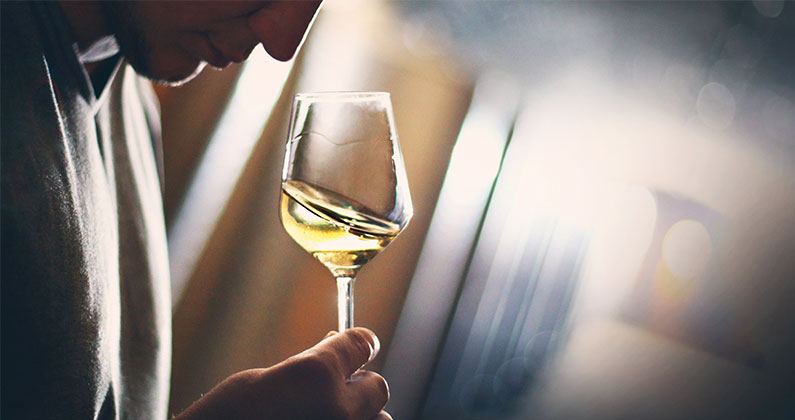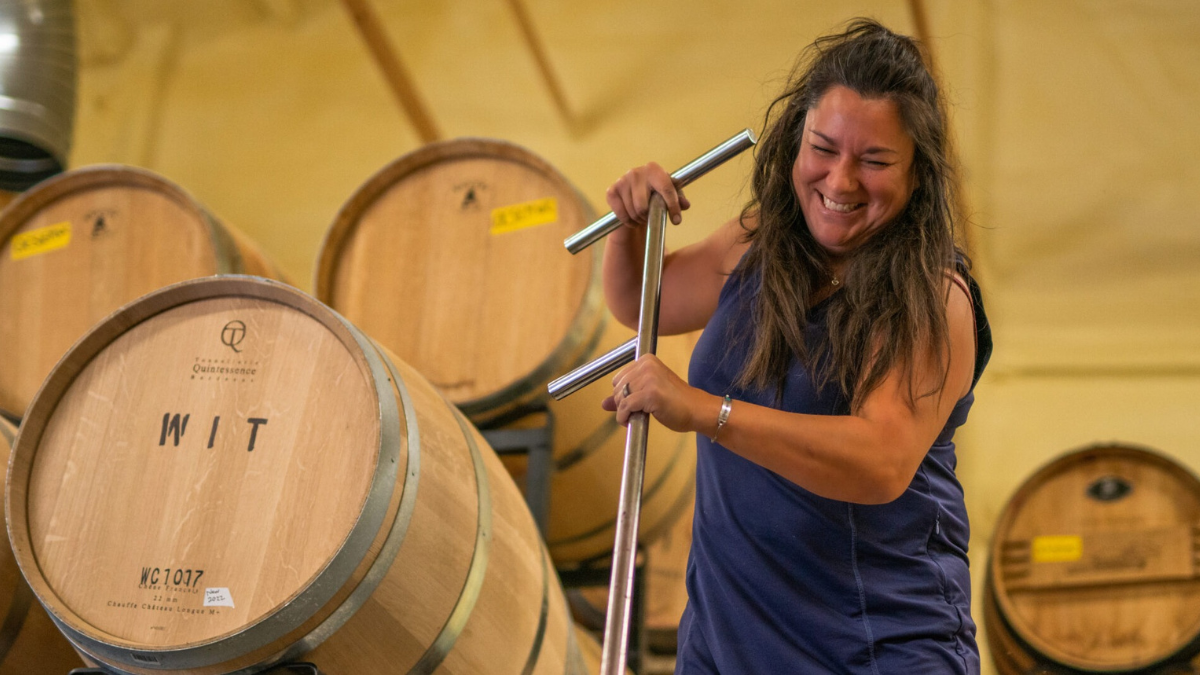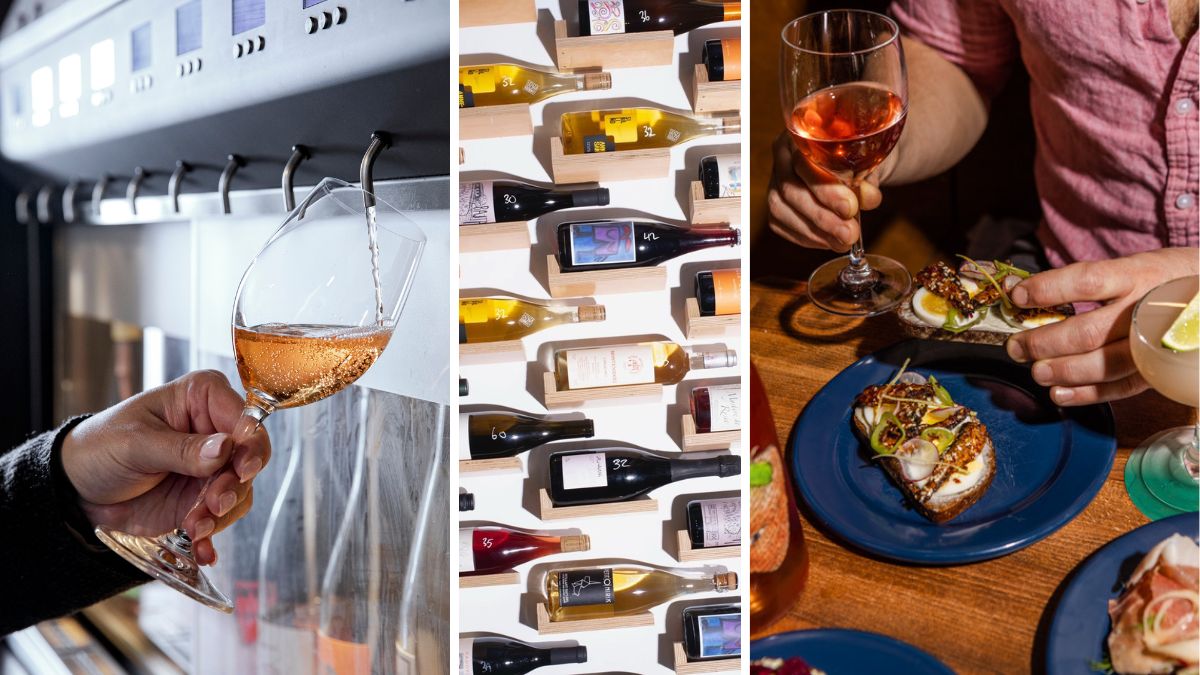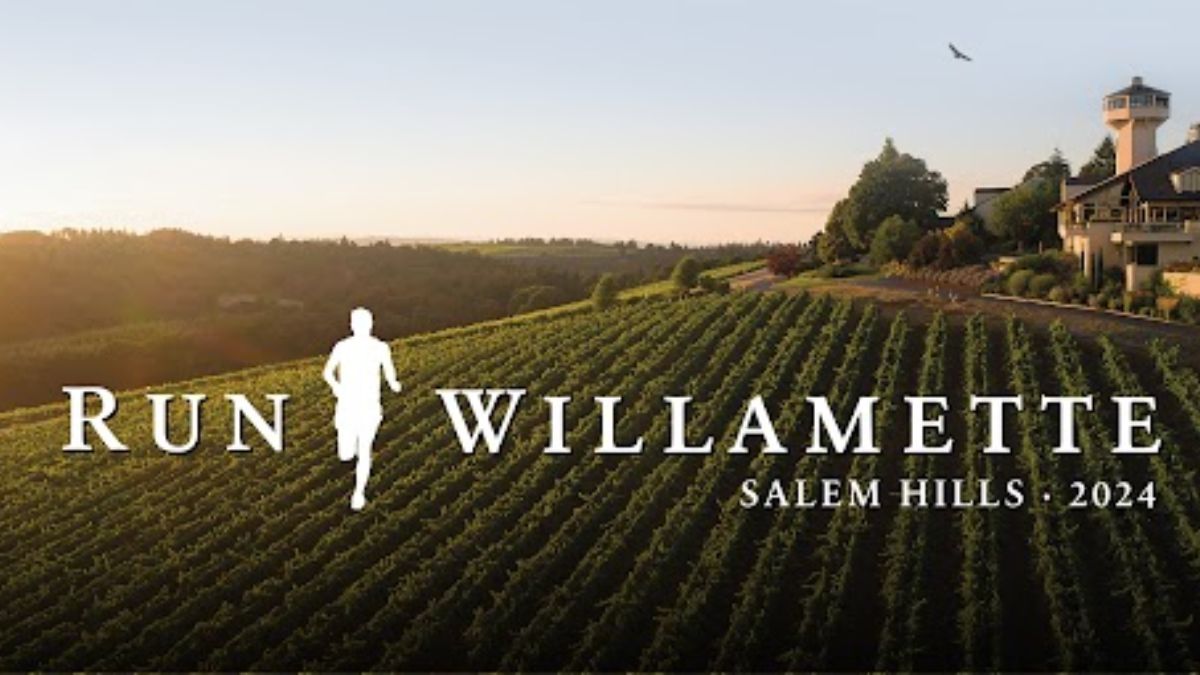We’ve reached that time of the year when winter feels like it has gone on for about six months and still has no end in sight. Whether it’s been epic snowstorms, weeks of cold temperatures or just a whole bunch of rain, conventional wisdom holds that this is the time of year for big red wines. Well, I say nuts to that. Sure, those wines are fine, but what I often want most of all in the bleak times is a reminder of the warmer, sunnier days to come. To me, that means drinking white and rosé wine to fight back against the gloom.
It’s still important to consider the season, and the food you’re likely to be eating, which might rule out some of the lightest styles, though freshness and brightness are always welcome. I generally look to explore slightly richer styles of white wine this time of year and fortunately the Pacific Northwest is starting to come around to this approach.
There’s no doubt that when it comes to fuller-bodied white wines, the principal player here is still Chardonnay. While the grape itself is almost chameleon-like in its ability to adapt to the conditions and desired outcome, it certainly can be grown to a fairly high degree of ripeness and then supplemented with oak. For some that’s a good thing, but I’m glad that more and more producers are realizing that extended lees contact can add some of the same body without all the additional flavors that high oak usage imparts.
Body doesn’t always have to come from winemaking technique, as certain varietals tend to produce richer-textured wines. Take the emerging white Bordeaux blends, which utilize Semillon’s natural palate weight to counterbalance the angular nature of Sauvignon Blanc. Whether they’re bold and weighty like the the Chaleur Blanc from DeLille Cellars, honeyed and tart like the Capella from Clos du Soleil, or floral and alluring like the version from Buty Winery, this is a fantastic style to consider for winter white consumption.
This particular frosty season, I keep finding myself drawn to another set of grapes imported from France: the trio of Roussanne, Marsanne and Viognier which are most famous in the Rhone Valley but grown in some quantity in much of the south of France — a trend Sip Northwest also covers in the new print edition.
Viognier has had a foothold in the Northwest for quite some time and producers like Penner-Ash, Cristom Vineyards, Reynvaan Family Vineyards and more have shown its potential, but the other two varieties have only recently been getting any love. Since they hail from a land of abundant sunshine, they’re particularly well-suited to the long, hot days in Eastern Washington, soaking up the rays without ripening out of control. Roussanne on its own can have a remarkably complex nose with hints of almond, beeswax and honeycomb with a silky texture, while Marsanne tends to be a bit more reserved and acidic, making the two a natural pairing. When Viognier comes into play, a dose of floral and mild bitterness rounds out the experience.
So the next time you’re staring out the window at a cold and gray Pacific Northwest day, consider a winter white as a way to taste not just a summer gone by, but the hint of the one to come.






